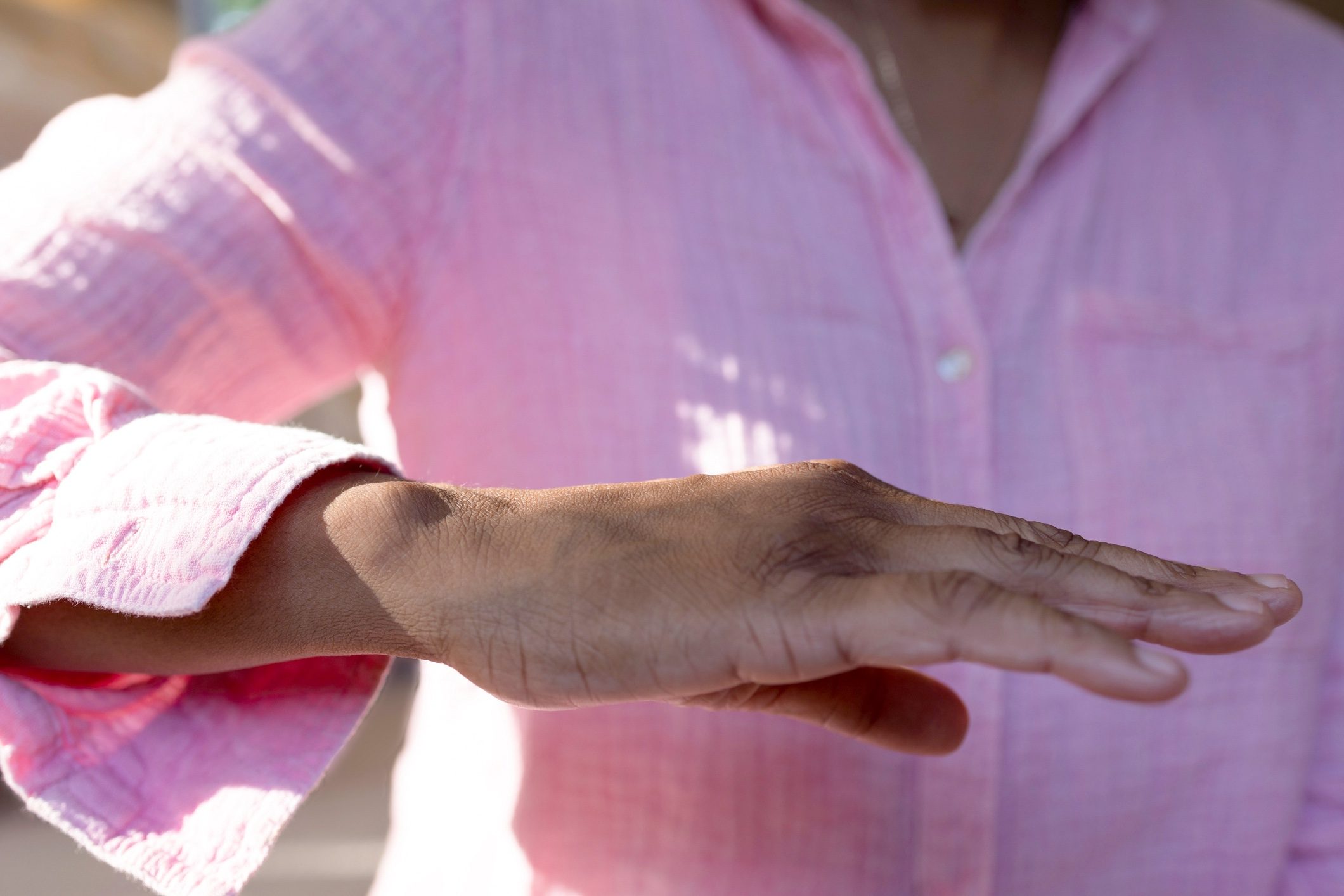As many as 50 million Americans suffer autoimmune conditions. A Stanford Medicine study identified a gap in the research—and an answer.

75% of People With Autoimmune Disease Have This In Common, New Study Finds

Autoimmune diseases occur when the body’s immune system senses a threat and attacks its own healthy cells, tissues, or organs. There are more than 80 types of autoimmune diseases—with lupus, rheumatoid arthritis, psoriasis, and Hashimoto syndrome being a few of the most talked about. Patients and professionals who are trying to manage them know autoimmune illnesses can affect just about any site of the body.
Yet despite taking many forms, there’s one unifying factor that ties together at least 75% of people who have been diagnosed with autoimmune disease. According to 2024 data, more than three quarters of the 24 to 50 million Americans living with autoimmune disease are women, experts say.
According to a Stanford Medicine-led study to be published in the peer-reviewed journal Cell in February 2025, some specific autoimmune diseases have particularly notable gender gaps. For example, with lupus, the ratio of female patients to male patients is 9 to 1. For Sjogren’s syndrome, it’s 19 to 1, Stanford experts note. “As a practicing physician, I see a lot of lupus and scleroderma patients, because those autoimmune disorders manifest in skin,” said Howard Chang, MD, PhD, professor of dermatology and of genetics and a Howard Hughes Medical Institute investigator, via news release. “The great majority of these patients are women.”
That team says that in the past, scientists believed that the gender gap could be explained by hormonal differences between men and women. However, after turning the spotlight on genetics, those Stanford experts now believe that women simply have “too much of a good thing…the X chromosome.”
While male biology pairs one X chromosome with one Y chromosome, women have two X chromosomes in every cell. “Having two X chromosomes risks the production, in every female cell, of twice the amount of the myriad proteins specified by the X but not the Y chromosome,” the Stanford experts explain.
Here’s where things get tricky: As nature’s way of ensuring that the same amount of X-chromosome proteins get passed down to future generations, female cells engage in a process called “X-chromosome inactivation,” which functionally shuts down one of the X chromosomes during some stages of development. Xist, the RNA molecule responsible for this process of inactivation, also triggers a strong immune response as it engages with the X chromosomes.
Dr. Chang explains how this feature went overlooked for so long: “Every cell in a woman’s body produces Xist, but for several decades, we’ve used a male cell line as the standard of reference. That male cell line produced no Xist,” he says. “So, all of a female patient’s anti-Xist-complex antibodies—a huge source of women’s autoimmune susceptibility—go unseen.”
Many medical experts say this error reflects a broader problem in medical research. “Although women make up about half the global population, outnumbering men in the U.S. since 1946, there’s a persistent health gap of women being underdiagnosed with certain conditions compared to men. Historically, medicine and art have functioned on the assumption that male bodies represent all of humanity,” reported a November 2024 issue of Frontiers of Medical Research: Women’s Health, a special report penned by experts at the Ichan School of Medicine at Mount Sinai. “This overrepresentation of men in medical research has contributed to standards of care that may not accurately apply to women, possibly leading to underdiagnosis and undertreatment in women,” that report writes.
However, in this particular case, the truth cuts both ways. The Autoimmune Association notes that many doctors, aware of the statistics and therefore only looking for autoimmune conditions in women, overlook or misinterpret mens’ autoimmune symptoms. “It’s likely that thousands of men are living with undiagnosed autoimmune conditions,” the Association writes.
If you’re concerned about your symptoms, it’s always a good idea to discuss them with your doctor. Also note any family history you may have of autoimmune disease.
If you were born female, know that your chances of developing autoimmune disease are markedly higher than those of men. And if you were born male, keep a heads-up that your chances of misdiagnosis could be keeping you from a solution.
For daily wellness updates, subscribe to The Healthy by Reader’s Digest newsletter and follow The Healthy on Facebook and Instagram. Keep reading:




















